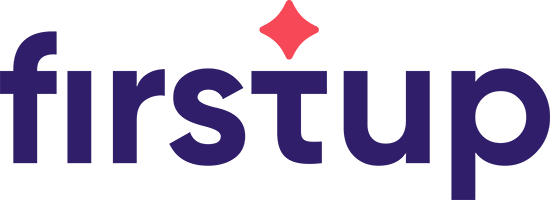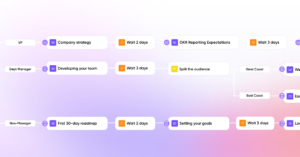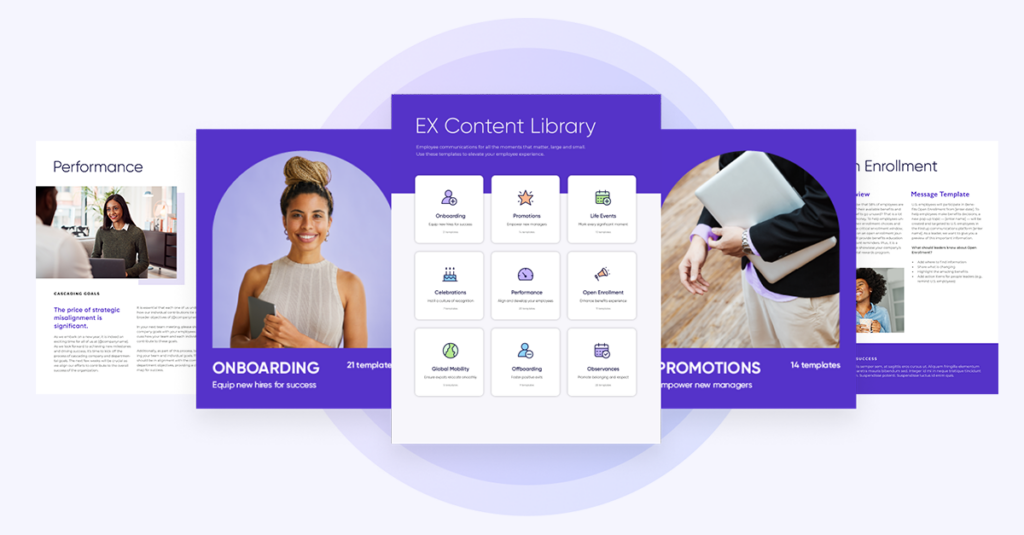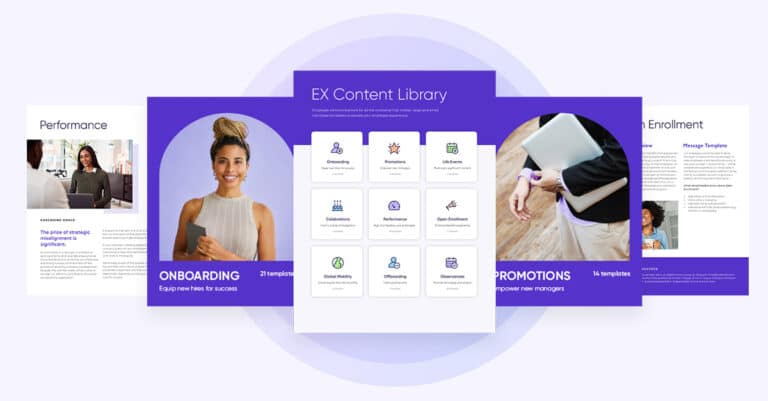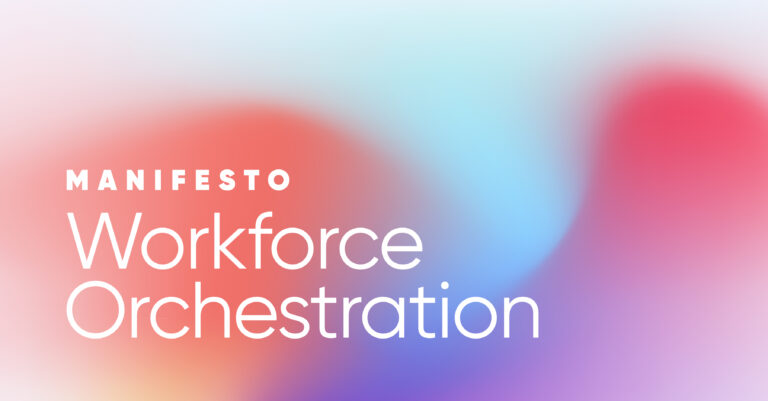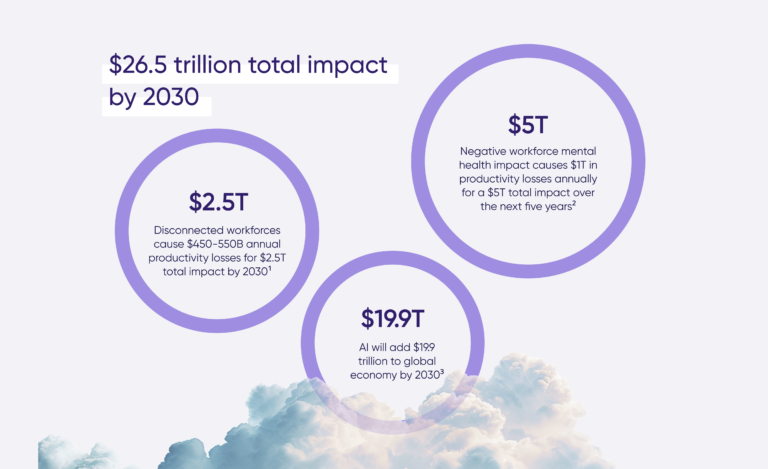Let’s face it. Getting attention is difficult. Whether the audience you’re trying to reach is your own employees or customers, partners, and the general public, many of the challenges are the same. Trying to break through the noise in an era when we are inundated with information and easily distracted is hard. Because of this, the who, what, when, where and why all come into play each and every time your story has the potential to be seen – regardless if your audience is inside or outside your organization.
Much like selling a story to reporters, best practices used by PR pros can be applied to internal communications to reach employees with meaning and impact. Reporters look for traits like timeliness, authenticity, creativity and data-backed facts when skimming through the endless piles of pitches in their inbox. These traits are no different from what piques the interest of most people in your organization, so here are three PR guiding principles that you can apply to your internal communications strategy.
#1: Make it interesting | The Who
Take a moment to think about who you are really talking to here. The employees you are trying to reach are in the trenches and likely inundated with requests from customers, vendors, partners, and team members that take up their time and focus throughout the day. How do you cut through the noise and get their attention with information they need to know, but also information they should know?
Take a page from media relations 101 and the practice of creating compelling headlines with an attention-grabbing subject line. The shorter and punchier the better. HubSpot says to aim for 50-65 characters. Marketo recommends 41 to be exact. MailChimp says it depends. Magic numbers aside, the aim of the game is to be succinct yet clear.
Also, be open-minded to mediums and channels beyond emails and newsletters. We’ve all seen the stats on how much people love consuming video content. Don’t count out the effectiveness of a well-made infographic or interactive flow chart either. When planned properly, the direct engagement from in-person or remote presentations is often undeniable – just always be sure to record them and house them in an easy-to-access, user-friendly content repository!
It should go without saying, but also make sure the content you are sharing is relevant to the audience. Just like you shouldn’t pitch a healthcare reporter a story about construction, you shouldn’t send content to employees in Europe about an employee event happening in the U.S.
Lastly, don’t forget a tasteful balance of humor, wit, and kindness are proven to work when it comes to communicating in general. All-in-all, it’s about being relatable and empathetic.
#2: Be concise | The What & Why
“I didn’t have time to write a short letter, so I wrote a long one instead.” – Mark Twain
Alright, you’ve made it interesting enough for your audience to open your message. Now the challenge is to make the most out of those precious moments of attention you’ve earned.
If you haven’t met the inverted pyramid messaging technique, now is the time. It’s a writing style journalists have used for ages to help get the attention of impatient audiences who do not have the time or desire to read thoroughly. The basics to the inverted pyramid writing style are below:
- The Lead (Most Newsworthy Info)
- The Body (Important Details) – the argument, reason controversy, logic (quotes/photos to support)
- The Tail (general/extra info) – interesting relatable info, extra content
This writing style forces you to focus on the story and supporting details that are key to message cognition and retention. What’s most newsworthy to your internal audience? It’s important to remember that what might be the most interesting piece of the news to you, might not be the same as what is most interesting to a reporter, or in this case, your employees.
For example, rolling out a new holiday schedule or pet policy may be exciting for the internal team since the initiative has been in the works for months. It may be tempting to lead with a “New holiday schedule is finally here” or “We’re pleased to announce our new pet policy”-type messaging, while your audience likely doesn’t care about the time and blood, sweat and tears it took to roll out the new initiatives. Leading with something along the lines of, “Who wants more vacation days?” or “Meet Jasper, one of the new furry faces in our office starting Friday,” is likely to be more effective.
#3: Keep it timely |The When & Where
We’ve all heard the saying “timing is everything” and it couldn’t be more true in today’s crazy, crowded, noisy world. Taking another page out of the PR playbook, time your communications to current events or activities your audience would care about in that moment. For example, when reaching out to reporters, being able to tap into trending current events, national/international hashtags days, annual holidays, viral campaigns, breaking news, etc. gives a timely news hook for them to be interested in a story now vs. later. The same can be said for reaching employees – whether it is sharing the impact of a community service event that took place last week or a CEO message following a recent company acquisition, communicating these topics sooner rather than later is key.
By the same token, be cognizant of possible negative windows, such as days that mark national or local tragedies, tax season, Tuesday after a long weekend, Blue Mondays and so on. Also be mindful of anything taking place within the organization that may have an impact on how your communications are received.
Just like media relations isn’t about blasting any and all reporters your great story, internal communications isn’t about sending emails en masse in hopes it gets read before filed away to never be seen again. The end goal is for employees to actually interact with your content, feel more connected to your organization and to foster a two-way dialogue. By putting your PR hat on, thinking about how you would communicate outside your organization and applying those same strategies within your organization, you’ll ultimately be able to create a more connected and engaged workforce.
Learn more about how internal comms can learn from external comms at FutureComms 2019, April 24 in New York City.
LEWIS is a global agency providing full PR, marketing and digital services for clients around the world. Consistently named as one of the industry’s fastest-growing agencies, LEWIS has 550 staff across 29 offices throughout Asia, Europe, and North America.
Download PDF
